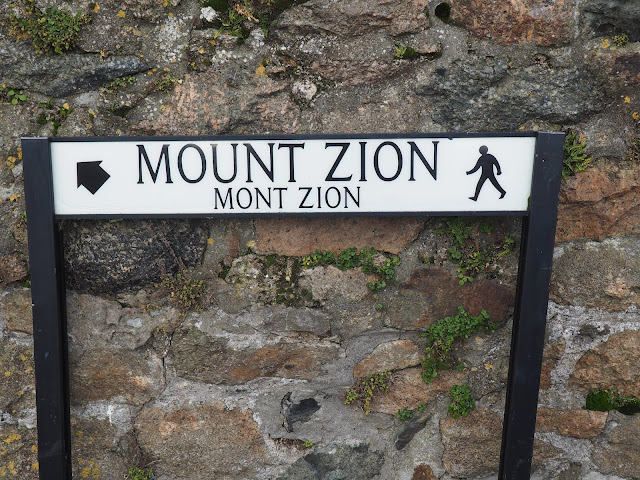I’ve said it before so it must be true, that sometimes you want to walk in certain places or along certain streets just because you like the name – Ducksfoot Lane, Spanker’s Hill, Camera Place.
And so it was last week with Wormwood Street (no connection with Wormwood Scrubs), close to Liverpool Street. The London Encyclopedia (Weinreb and Hibbert) says the name derives simply from the fact that wormwood used to grow there. It also leads into Camomile Street, which again gets its name because of the historic presence of wild camomile. But I had another reason for walking down Wormwood Street - it’s currently the site of a sculpture or installation or anyway a work of art titled ‘Bridging Home, London’ by the Korean artist Do Ho Suh.
Wormwood Street usually looks like this, crossed by a pedestrian walkway, or even, in architect-speak, a pedway.
But now, thanks to Do Ho Suh, it looks like this:
The added structure is a representation of his childhood home, a traditional Korean house, and I’m sure the vertiginous angles say something about the instability of culture and tradition, about the inevitably temporary existence of houses, of all architecture, and no doubt about the insecure nature of the immigrant experience. But it’s also fun, like seeing an alien but unthreatening spacecraft that’s landed in the middle of the city. It’s also quite moving in its apparent precariousness. I say apparent because I assume the health and safety folks have been in to make sure its not going to free itself and fall into the traffic.
As far as I could see there was no way of getting up to that walkway for a closer look at the ‘house’ and certainly I didn’t see anybody up there. Perhaps the work of art is just too unstable.
I’d never heard of Do Ho Suh, and I assumed he was some bright young spark who’d just got a break, but that’s not the case. He’s in his late 50s, online sources tell me he has a BA and MA in Fine Arts from Seoul University, another BA in painting from the Rhode Island School of Design, another Master of Fine Arts in sculpture from Yale.
He has work in collections at the Guggenheim, the Museum of Modern Art, and the Whitney in New York, atMOCA in Los Angeles, The Tate in London; and the Museum of Contemporary Art in Tokyo – among others.
According to Wikip he currently has live-in studios in London, New York City, and Seoul.
This of course is nothing to hold against him, but it does suggest that his version of the immigrant expression is more singular than most.
Do Ho Suh is not a walking artist but he does create works that you can not just walk around, but also walk inside. Though not, it seems, in Wormwood Street.






















































